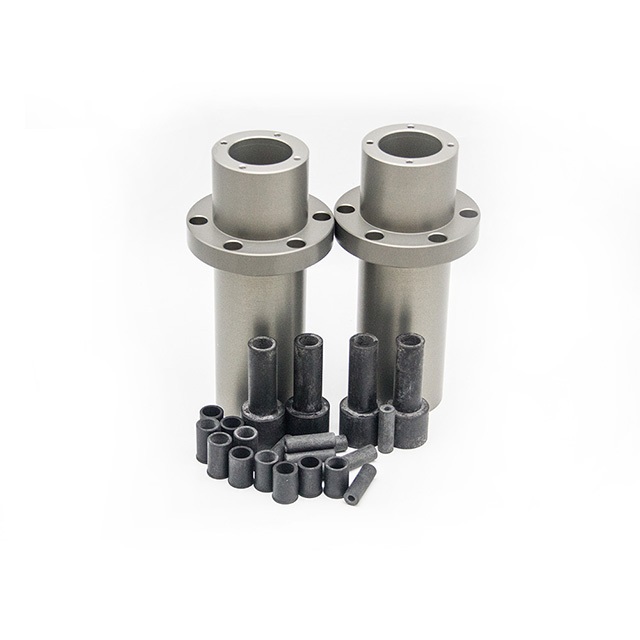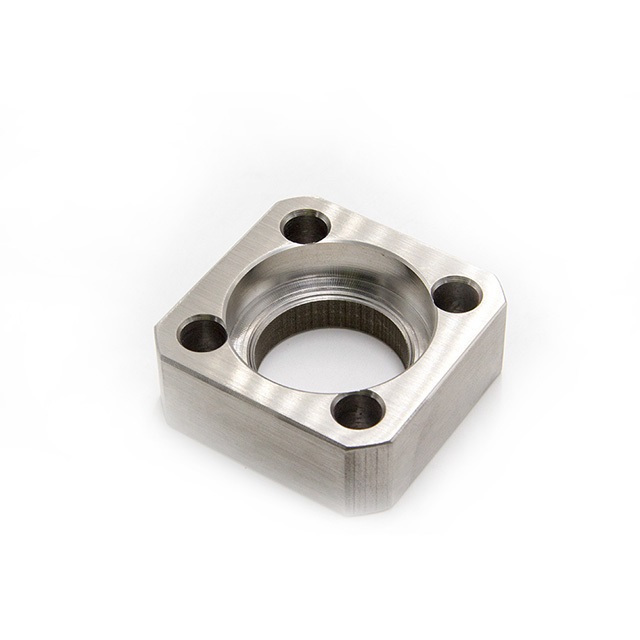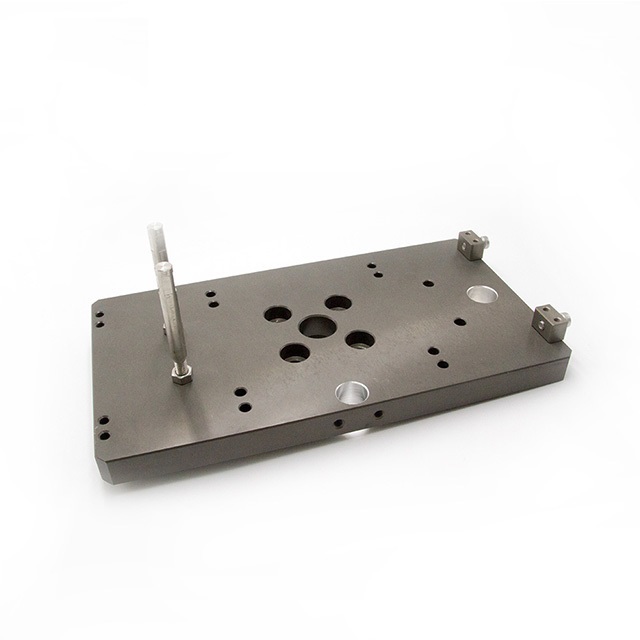In order to improve the viability and competitiveness of precision machining enterprises, among many factors, the key is to rely on advanced technology. With the development of modern industry, more and more companies have begun to pay attention to the process. Process documents are the foundation of precision machining enterprises, and their correctness is very important.
As small as a symbol and a piece of data in a process file are critical, such as the size requirements in the mechanical manufacturing technical file, the shape and position tolerance requirements, the symbols and codes of the CNC machining program, etc.
Especially for the processing of precision mechanical parts, the use of correct process documents directly affects the processing quality and production safety of products. Sometimes due to the negligence of craftsmen, even small mistakes may lead to a large number of scrapped precision mechanical parts, causing certain economic losses to the enterprise.
In the precision machining process, in order to effectively improve the performance of the product, when arranging the position of the heat treatment process, it is necessary to ensure that most of the allowance has been removed from the parts. It not only ensures that the parts can be quenched and hardened, but also ensures that there is a margin for subsequent processing, so that the quality of the product can be better ensured.
The heat treatment in the precision machining process can be roughly divided into preparatory heat treatment and heat treatment according to the application purpose. The purpose of preparatory heat treatment is to improve mechanical properties, eliminate internal stress, and prepare for heat treatment. It includes annealing, normalizing, tempering and aging. deal with.
Generally, before heat treatment, the post-annealing treatment of component welding should be checked to eliminate welding stress, otherwise the hardness of the weld seam after cooling will be higher than that of the base metal, which will easily damage the tool and be unfavorable to machining. After precision machining, there is a process of polishing or grinding, and then blackening or electroplating.
Medium carbon steel is a very commonly used material. Depending on the use of the workpiece, it needs to be quenched and tempered and quenched separately. The plate parts with small load can not be quenched and tempered and quenched. For shaft parts, if they are hollow and have a large diameter, and there are many hollows, they can be roughed first and then quenched and tempered to reduce the cost of heat treatment.
Quenching and then grinding after finishing, some parts do not need to be directly quenched through grinding, the anti-rust process is the last one, the process of chrome steel is similar to that of medium carbon steel, the difference is that some parts can be directly quenched without quenching and tempering, There is one more option for the quenching process: desalination treatment with very small deformation.
The purpose of heat treatment is mainly to improve the hardness and wear resistance of parts materials in precision machining, which includes quenching, carburizing and nitriding, etc. Quenching and carburizing and quenching are usually arranged after semi-finishing and before finishing; Nitriding treatment is usually arranged after finishing due to the small deformation.